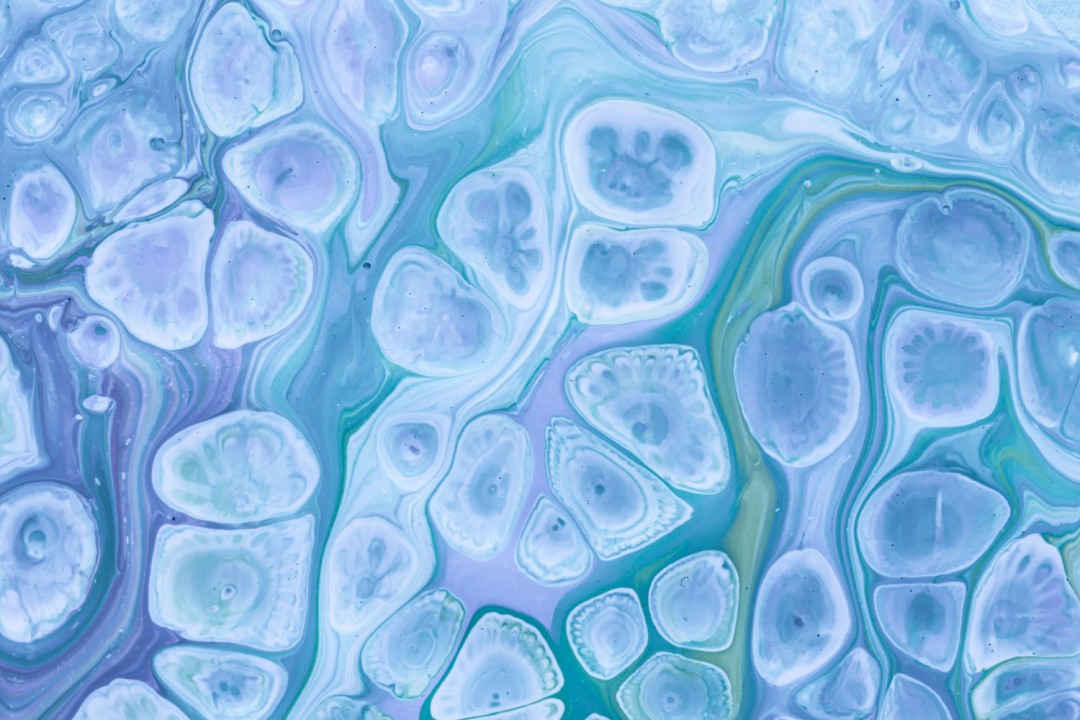
Nanoparticles tumor tracing with Alliance Q9 system (with a Chroma)
New Products & Technologies
Nanoparticles tumor tracing with Alliance Q9 system (with a Chroma)
1. Aim and purpose:
- A 48-hour polytyrosine-ICG nanoparticles tumor tracing experiment was performed. We designed a nanoparticle-bonded fluorescent dye which can bind isotopes and load drugs.
- The purpose of this study was researching a new integrated material for diagnosis and treatment. The ICG flurescence was detected which illustrating the retention in the tumor.
2. Experiment model: The mouse-derived 4T1 tumor model on BALB/c nude mice was constructed.
3. Methods:
- After the tumors were up to 200 mm3, 200 μl of drug was injected via tail vein. The dosage of drug was equivalent of approximately 5 mg/kg body weight.
- After injection, we continuously detected the fluorescence and isotope signals in 4h, 12h, 24h and 48h.
- The ICG was purchased from J&K Scientific.
- Alliance Q9 Advanced live animal imaging system was from the British company Uvitec Ltd..
- This image was captured via Chromapure IR780 nm channel. The F850 narrow band filter was applied. The mouse was put in the position of Tray 3. The aperture was F0.80 and the exposure time was 600 milliseconds with a binning of 4X4.
4. Results:
- The nanomaterials were enriched in the tumor under the skin due to EPR effect.
- The nanomaterials were metabolized and excreted via kidney.
- Since the fluorescent signals were blocked by the organ muscles, the signals of the liver and the spleen were shown to be relatively low.











.png)
